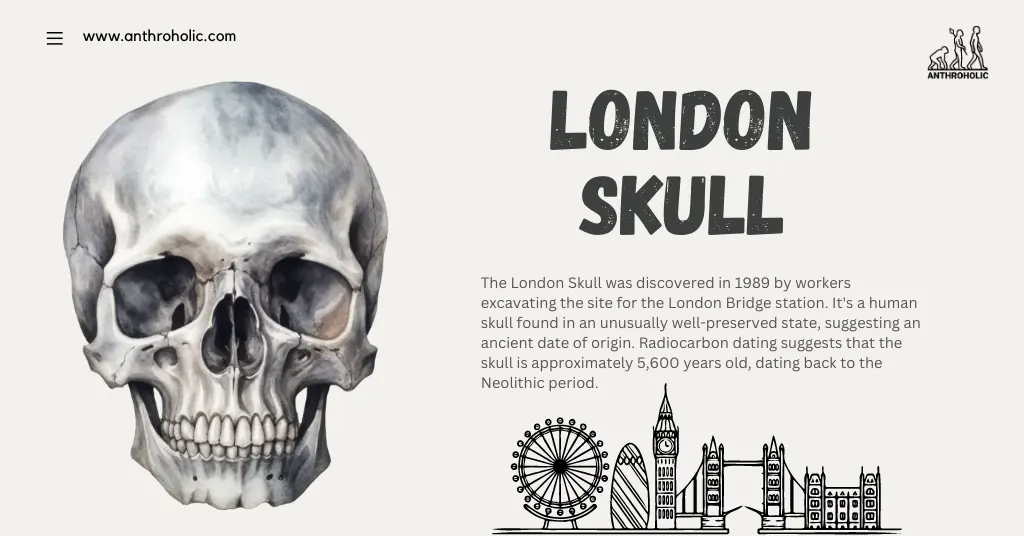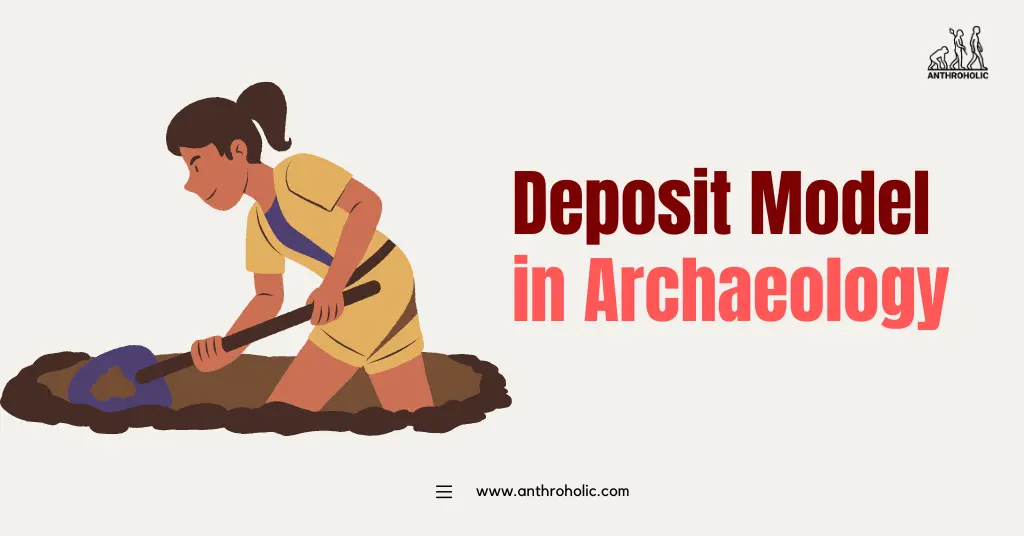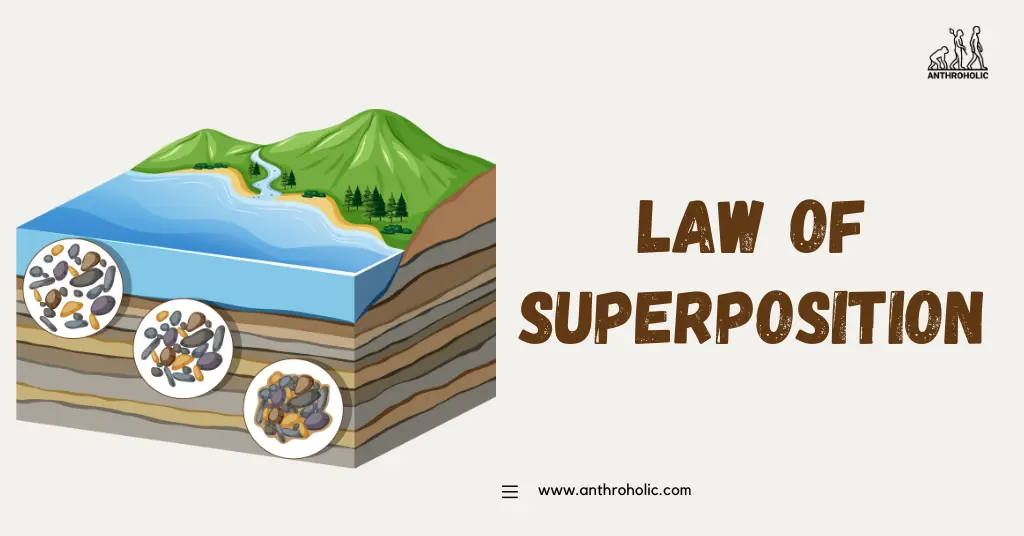AI Answer Evaluation Platform Live Now. Try Free Answer Evaluation Now

Paranthropus
Paranthropus is a genus of extinct hominins that lived in Africa roughly between 2.7 and 1.0 million years ago.
+91-7303290503, +91-9557169661 | MON to SUN 10:00 AM - 6:00 PM

Paranthropus is a genus of extinct hominins that lived in Africa roughly between 2.7 and 1.0 million years ago.

The first fossil fragments attributed to Ramapithecus were discovered in 1932 by British paleontologist G. Edward Lewis in the Siwalik Hills of northern India.

The London Skull was discovered in 1989 by workers excavating the site for the London Bridge station. It's a human skull found in an unusually well-preserved state, suggesting an ancient date of origin. Radiocarbon dating suggests that the skull is approximately 5,600 years old, dating back to the Neolithic period.

The quest to locate archaeological sites is a fascinating journey through history and technology. It combines the detective work of piecing together historical clues with cutting-edge scientific methods to uncover the secrets of the past.

The Archaeological Deposit Model (ADM) provides a vital tool for interpreting buried archaeological remains. Derived from geological stratigraphy, it is employed to understand the chronological sequence of site formation.

Dark Earth, also known as terra preta or Amazonian black earth, is a type of soil found in the Amazon Basin, widely revered for its incredible fertility and carbon storage capabilities. This human-made soil is a fascinating testament to the innovative agriculture of ancient Amazonian civilizations, revealing critical lessons for contemporary agricultural and climate-change mitigation strategies.

Seriation is a relative dating technique used by archaeologists. The method relies on changes in the popularity of different styles or types of artifacts over time. It allows archaeologists to sequence or arrange a collection of objects in the order they were made.

Projectile points, also known as arrowheads or spearheads, have been used throughout history for hunting and warfare. Their unique shapes and sizes offer clues to archaeologists about past civilizations, technological advancements, and migration patterns.

Post excavation analysis, also known as post-fieldwork analysis or lab analysis, refers to the evaluation, interpretation, and recording of archaeological materials and data once the fieldwork has ended. It transforms the raw data collected during excavation into a meaningful narrative of the past.

Lithic analysis refers to the detailed study of stone tools and other chipped stone artifacts using scientific techniques. It allows archaeologists to understand human behaviors and adaptations in prehistoric times.

The law of superposition is a key axiom in geology and archaeology that states that in undisturbed layers of rocks or soils, the youngest layer is on top, and the oldest is on the bottom. In other words, each layer is presumed to be

Ground Penetrating Radar (GPR) is a sophisticated and valuable geophysical tool that deploys radar pulses to generate an image of the subsurface. It uses electromagnetic radiation in the microwave band of the radio spectrum and detects reflected signals from structures or inconsistencies beneath the ground.